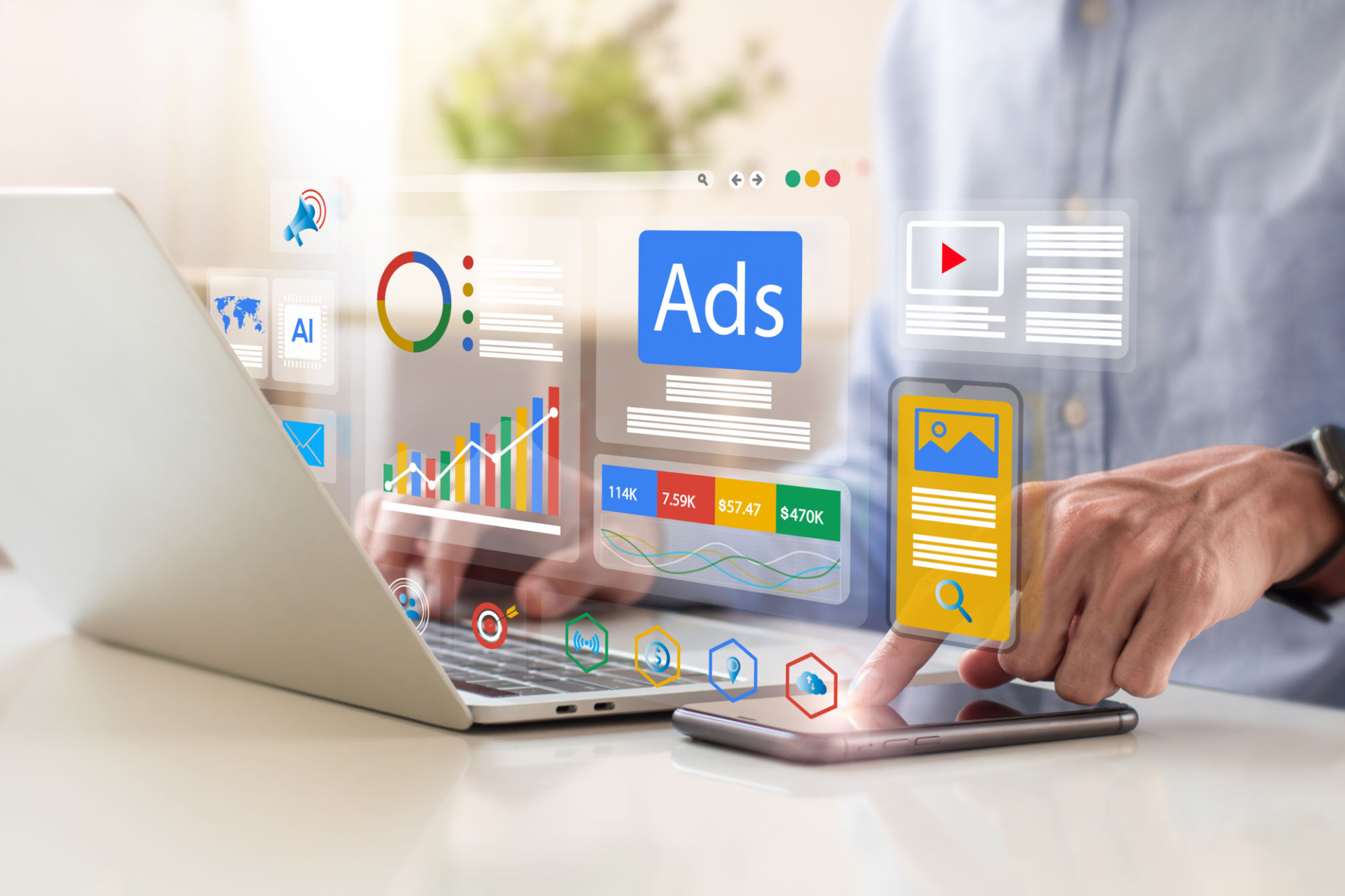The Role of Graphic Design in Successful Marketing Campaigns
The Importance of Graphic Design in Marketing
In today's fast-paced digital world, where first impressions are often made online, the role of graphic design in marketing cannot be overstated. Whether it's a logo, website, or a promotional banner, graphic design is the visual language that communicates your brand's message to your audience. A well-executed design can captivate potential customers, convey professionalism, and ultimately drive engagement.
Graphic design is not just about aesthetics; it's about crafting a visual representation of your brand's identity. A cohesive design strategy helps build brand recognition and trust. When consumers see consistent imagery across various platforms, they are more likely to remember your brand and associate it with reliability and quality.

Graphic Design as a Communication Tool
At its core, graphic design serves as a powerful communication tool. It helps to convey messages quickly and effectively. In marketing campaigns, visuals can often communicate complex ideas more efficiently than text alone. A well-designed infographic, for example, can break down complicated data into digestible visuals, making it easier for the audience to understand and retain information.
Moreover, graphic design influences how messages are perceived. The use of color, typography, and layout can evoke emotions and guide the viewer's attention toward important elements. By strategically using these elements, marketers can ensure their key messages resonate with their target audience.

The Impact of Graphic Design on Consumer Behavior
Incorporating effective graphic design into marketing campaigns can significantly impact consumer behavior. People are naturally drawn to appealing visuals, and a striking design can capture attention amidst the noise of digital content. This initial attraction can lead to increased interest and engagement with the brand.
Furthermore, design plays a critical role in the decision-making process. A well-designed product page or advertisement can influence purchasing decisions by highlighting features and benefits in a compelling way. Consumers often rely on visual cues to assess quality and value, making graphic design an integral part of the conversion funnel.

Leveraging Graphic Design for Brand Differentiation
In a crowded marketplace, setting your brand apart from the competition is crucial. Graphic design provides the tools to differentiate your brand through unique visual elements. From distinct color palettes to innovative layouts, creative design can establish a memorable brand identity that stands out in consumers' minds.
Strong branding through graphic design also fosters customer loyalty. When customers identify with your brand's visuals and narrative, they are more likely to develop an emotional connection. This connection can lead to repeat business and advocacy, turning customers into brand ambassadors.
Integrating Graphic Design Across Multiple Channels
For a marketing campaign to be truly successful, it must be cohesive across all channels. Graphic design ensures that each piece of content aligns with your brand's overall aesthetic and message. Whether it's on social media, email marketing, or print advertising, consistent design elements unify your campaign and reinforce your brand's identity.
Adapting designs for various platforms requires a keen understanding of each channel's unique requirements and limitations. Tailoring designs for specific mediums ensures that your message is effectively communicated, regardless of where it appears.

The Future of Graphic Design in Marketing
As technology continues to evolve, so too will the role of graphic design in marketing. Emerging trends like virtual reality and interactive content are opening new avenues for creative expression. Marketers who embrace these innovations will be able to engage audiences in ways previously unimaginable.
Ultimately, graphic design will continue to be an indispensable component of successful marketing campaigns. Its ability to visually communicate messages and influence consumer behavior makes it a powerful tool in any marketer's arsenal. By prioritizing strong design, brands can effectively connect with their audience and achieve their marketing goals.
